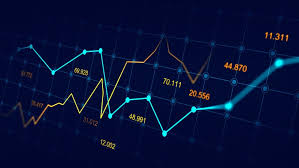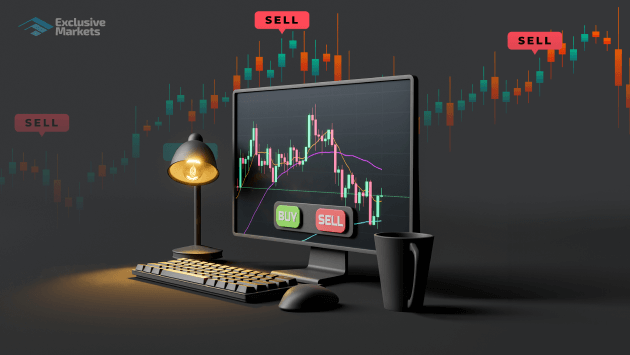
Understanding Leverage in Forex Trading: A Beginner’s Guide
Leverage is a powerful tool in the world of Forex trading, allowing traders to control larger positions than their initial capital would otherwise permit. It can significantly amplify profits, but it also comes with substantial risks. In this article, we will delve into what leverage is, how it works, and the implications it has for Forex traders, including a mention of forex trading what is leverage Trading Brokers in Bangladesh for local insights.
What is Leverage?
Leverage in Forex trading refers to the ability to control a larger amount of money than what you have in your trading account. It is expressed as a ratio, such as 1:100 or 1:500, indicating the amount of capital you can control relative to your margin. For example, with a leverage of 1:100, a trader can control $100,000 in the market with just $1,000 of their own capital.
How Does Leverage Work in Forex Trading?
When you open a position in Forex trading, you are required to deposit a percentage of the total trade amount as margin. Leverage allows traders to maximize their trading potential. Here’s a simplified example to illustrate how it works:

- Trade Size: Suppose you want to trade one standard lot of EUR/USD, which is 100,000 units.
- Account Balance: You have $1,000 in your trading account.
- Leverage: If your broker offers a leverage of 1:100, you only need to deposit 1% of the trade value (in this case, $1,000) as margin.
- Trade Execution: With leverage, you can enter into a position worth $100,000 while only putting down $1,000 of your own funds.
The Benefits of Using Leverage
There are several benefits associated with using leverage in Forex trading:
- Increased Market Exposure: Leverage allows traders to access larger positions, which can amplify potential profits.
- Efficiency in Capital Use: Traders can diversify their investments across various currency pairs without needing substantial capital.
- Higher Returns on Investment: Even small market movements can lead to significant gains due to the magnified positions.
The Risks of Using Leverage
While leverage can enhance profits, it also presents considerable risks:
- Magnified Losses: Just as leverage can increase gains, it also amplifies losses. A small adverse move in the market can wipe out a trader’s account.
- Margin Calls: If your account falls below the required margin level, your broker may issue a margin call, requiring you to deposit more money or close your positions.
- Emotional Stress: The pressure of leveraged trading can lead to emotional decision-making and increased trading anxiety.

Best Practices for Managing Leverage
To minimize risks associated with leverage in Forex trading, consider these best practices:
- Use Lower Leverage Ratios: While high leverage can be tempting, using a lower leverage ratio often provides more safety and less volatility in trading results.
- Implement Stop Loss Orders: Always use stop-loss orders to limit potential losses and protect your capital.
- Position Sizing: Ensure that you size your positions appropriately based on your risk tolerance and account size.
- Stay Educated: Knowledge is power in trading. Continuously educate yourself on market trends and trading strategies.
Conclusion
Leverage in Forex trading serves as a double-edged sword, offering the potential for substantial profits while also posing significant risks. Understanding the mechanics of leverage and employing effective risk management strategies is essential for any trader looking to navigate the Forex market successfully. With informed decision-making, you can utilize leverage to enhance your trading experience while minimizing potential pitfalls.
In summary, leverage is a crucial concept in Forex trading that amplifies both potential gains and losses. By being aware of the risks and implementing best practices, traders can effectively manage leverage to achieve their trading goals.